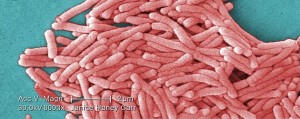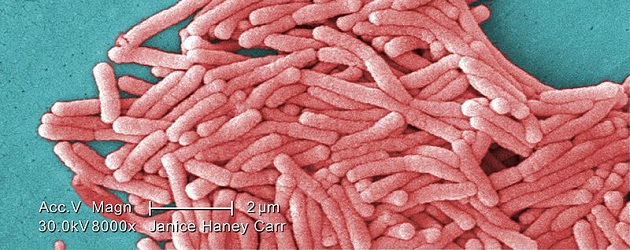Around half (116) of the 235 cases of Legionnaires’ disease reported to the Health Protection Agency (HPA) in England and Wales in 2011 were in returning holiday makers. The annual number of Legionnaires’ cases has fallen from 355 cases in 2010, when around a third (114) were in returning travellers.
 |
| [relatedPosts title=”Related Posts”] |
|
|
Legionnaires’ disease can be contracted by breathing in droplets of water or aerosols containing the legionella bacteria from water sources which may have had temperature problems, or where water has remained stagnant for a period of time. Spa pools, shower heads or taps can sometimes be the source of an outbreak.
The illness usually affects vulnerable people, such as the elderly and almost 70 per cent of the cases reported in 2011 were in people with an underlying health condition, including almost 30 per cent in people with heart disease. Smokers and people with diabetes or a weakened immune system were also at higher risk.
Professor Nick Phin, head of Legionnaires’ disease surveillance at the HPA said: “The risk of developing Legionnaires’ disease for most people is very low but it can lead to a severe pneumonia so people who are more at risk of the infection should be aware of the signs and symptoms. Health professionals should also remember to consider Legionnaires’ disease as a possible diagnosis in individuals over the age of 50 with underlying health conditions and presenting with pneumonia-like symptoms, particularly if they are returning holiday makers.
“Legionnaires’ disease cannot be spread from person to person, it can only be contracted by breathing in contaminated water. Every effort is made to identity where a patient is likely to have acquired the infection so that once a likely source is identified, action can be taken immediately, such as disinfection of any suspected water systems, to reduce the risk of further cases.”
Early symptoms are flu-like with fever, muscle aches, tiredness, headaches and dry cough that can then develop into breathlessness – a sign of a developing pneumonia. As with any pneumonia, the patient can become very unwell and diarrhoea and confusion may occur in addition to breathing problems. Individuals usually begin to show symptoms six or seven days after exposure. Early recognition of the infection is important to ensure that treatment with the appropriate antibiotics can be started as soon as possible.
Professor Phin, continued: “People over the age of 50 with underlying health conditions who develop ‘flu like’ symptoms or shortness of breath should seek medical attention in such circumstances generally but particularly if they have recently returned from an overseas holiday.”





